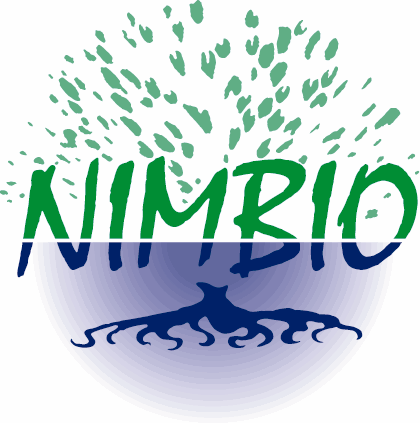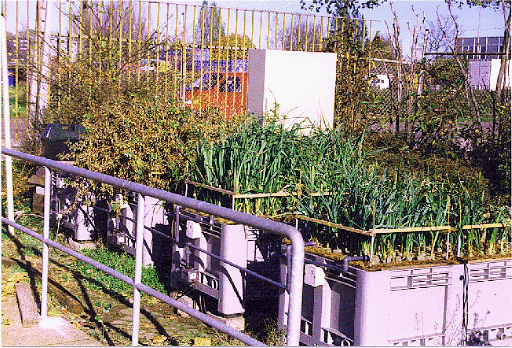
groundwater remediation
using plants

|
groundwater remediation using plants |
[Introduction]
[Complete new technology]
[Background]
[Mode of working]
[Timespan]
[Advantages]
[For more information]

|
During the remediation process of groundwater there is an in-situ water culture system situated in a part of the area. (photo 1.) |
To ensure efficient progress of the phytorem- ediative extraction process an extensive knowl- edge of the various suitable plant species is necessary, particularly as regards the response of a plant to its local environment. Also know-how in fields of waste removal and processing and logistics is of utmost importance.
 Environmental Options has this specific knowledge and expertise. Presently, as a frontrunner,
Environmental Options has this specific knowledge and expertise. Presently, as a frontrunner,
 puts phytoremediative extraction into the market in The
Netherlands and elsewhere.
puts phytoremediative extraction into the market in The
Netherlands and elsewhere.

|
Fig. 2. The decrease of heavy metals in the soil due to phytoextraction (open circles represent measured values, filled circles represent averaged values, and the dashed line is the regression line). |

|
Fig. 3. Zinc contents in the supply and the tanks of the groundwater remediation system of photo 1 . |
BACKGROUND TO

 Environmental Options is a venture of Environmental Options B.V., De Meern
(The Netherlands). Environmental Options B.V., has extensive knowledge and
experience in environmental research and monitoring, as well as on the
biological / ecophysiological aspects of the phytoremediation process.
Environmental Options is a venture of Environmental Options B.V., De Meern
(The Netherlands). Environmental Options B.V., has extensive knowledge and
experience in environmental research and monitoring, as well as on the
biological / ecophysiological aspects of the phytoremediation process.
ADVANTAGES
 .
.
| FOR MORE INFORMATION: |
Dr. T. Tietema
 Environmental Options Environmental Options
Meerndijk 52 3454 HS De Meern Tel. 0651 - 656 938 Fax: 030 - 6665761 E-mail: t.tietema@nimbio.nl |
[Introduction]
[Complete new technology]
[Background]
[Mode of working]
[Timespan]
[Advantages]
[For more information]